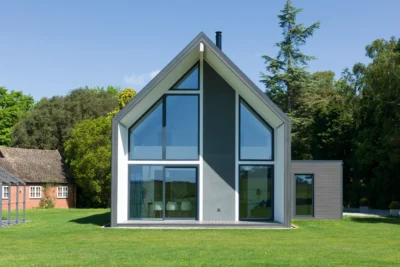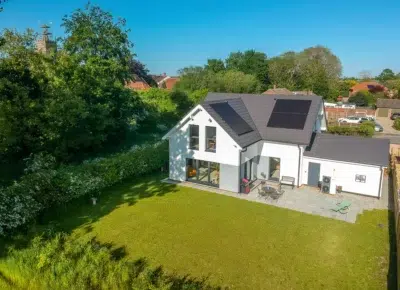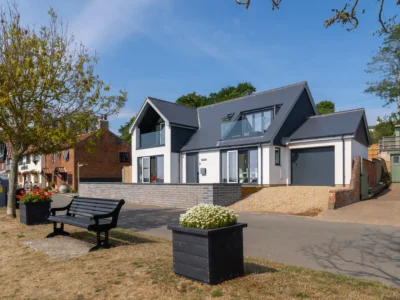Right to Build: How Does it Work in the UK Planning System?
The Right to Build is legislation as set out in the Self Build and Custom Housebuilding Act 2015 and the Housing and Planning Act 2016. It requires local authorities in England to keep a register of people who wish to build their own homes and then deliver sufficient serviced plots to meet local demand so that residents can pursue their self builds.
The Right to Build has its advantages for self builders in search of a plot, but there are also some conditions to be aware of when applying to put your name on a register.
In this article, I’m looking at how the Right to Build registers work and what progress they’ve made for custom and self build development opportunities in the UK.
How Do the Right to Build Registers Work?
Under the legislation, all councils must host a Right to Build register. The information asked of those who wish to apply varies between each register, as well as the criteria that must be met. Despite this, each council’s registers must be open and inclusive to all applicants.
It is possible to apply to be on more than one register. For example, if you are flexible as to where you want to self build your home, you might seek to be on a register with more than one local authority. This will give you more options not only in terms of location, but the number of sites that will eventually come forward, maximising your chances of securing a suitable plot.
However, some local authorities require people on their register to have a connection to that area. They might also require a fee to put your name down. These differences in approach might be something to consider in terms of which council’s register you apply for and how many you choose to be on.
Looking for a plot of land for your self build project? Take a look at PlotBrowser.com to find 1,000s of UK plots and properties, all with outline or full planning permission in place
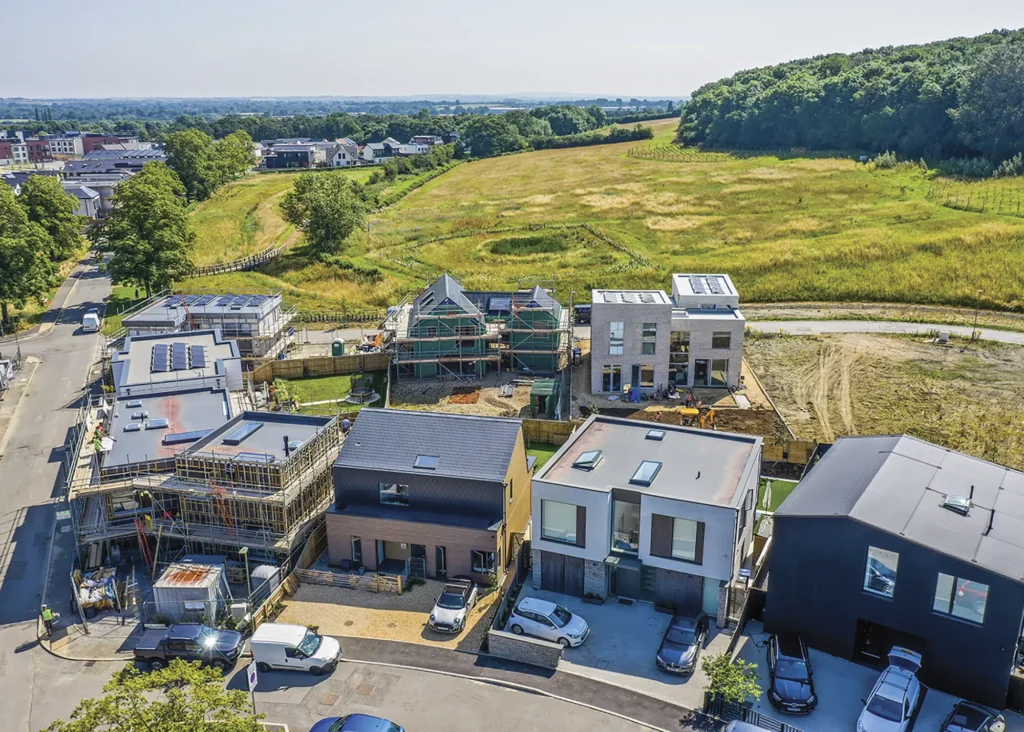
Pioneered by Cherwell District Council in Bicester, Oxfordshire, Graven Hill is currently the UK’s largest self build development
It is good practice for local authorities to be refreshing their registers; assessing the criteria they have for their applicants and checking whether people who have been on the register for some time are still actually interested in self build and are actively searching for a plot. This can benefit some people in terms of moving up the register and it also gives you the opportunity to confirm your ongoing interest in any particular area.
Under the legislation, local authorities should then be planning and delivering plots for custom and self build homes in their area to meet the level of demand on their registers. It is not required by the legislation for the land to fulfil specific requirements, such as size, particular locations or characteristics that might be people’s preference, but simply to provide sufficient numbers of plots. This can certainly lead to frustration and disappointment to individuals on those registers if they are hoping for a particular type of site.
For example, if you have registered a desire for a plot for a detached house in a rural location or village location, it may be that the only land that comes up is part of multi-unit sites with other properties being built at the same time, in a more urban location. The local authority is within its rights for this to be the case in terms of the legislation, but it may mean you want to look at alternative routes to find a site outside of the Right to Build process.
Wondering how to find the right plot for your self build? Read now: How to Find a Building Plot: The Complete Guide to Finding Land
Is the Right to Build Improving Custom & Self Build Development?
The level of progress and number of suitable sites coming forward across different local authorities since the legislation came into place has been mixed. This is improving for various reasons; not least that councils are starting to have processes and policies in place which identify sites and dedicate them to custom and self build homes.
This has resulted in some pilot projects in some local authorities, where they have found land themselves and bring it forward for this type of development or they have worked with partners to do so. This is positive progress and will hopefully result in this kind of action being more commonplace going forward.
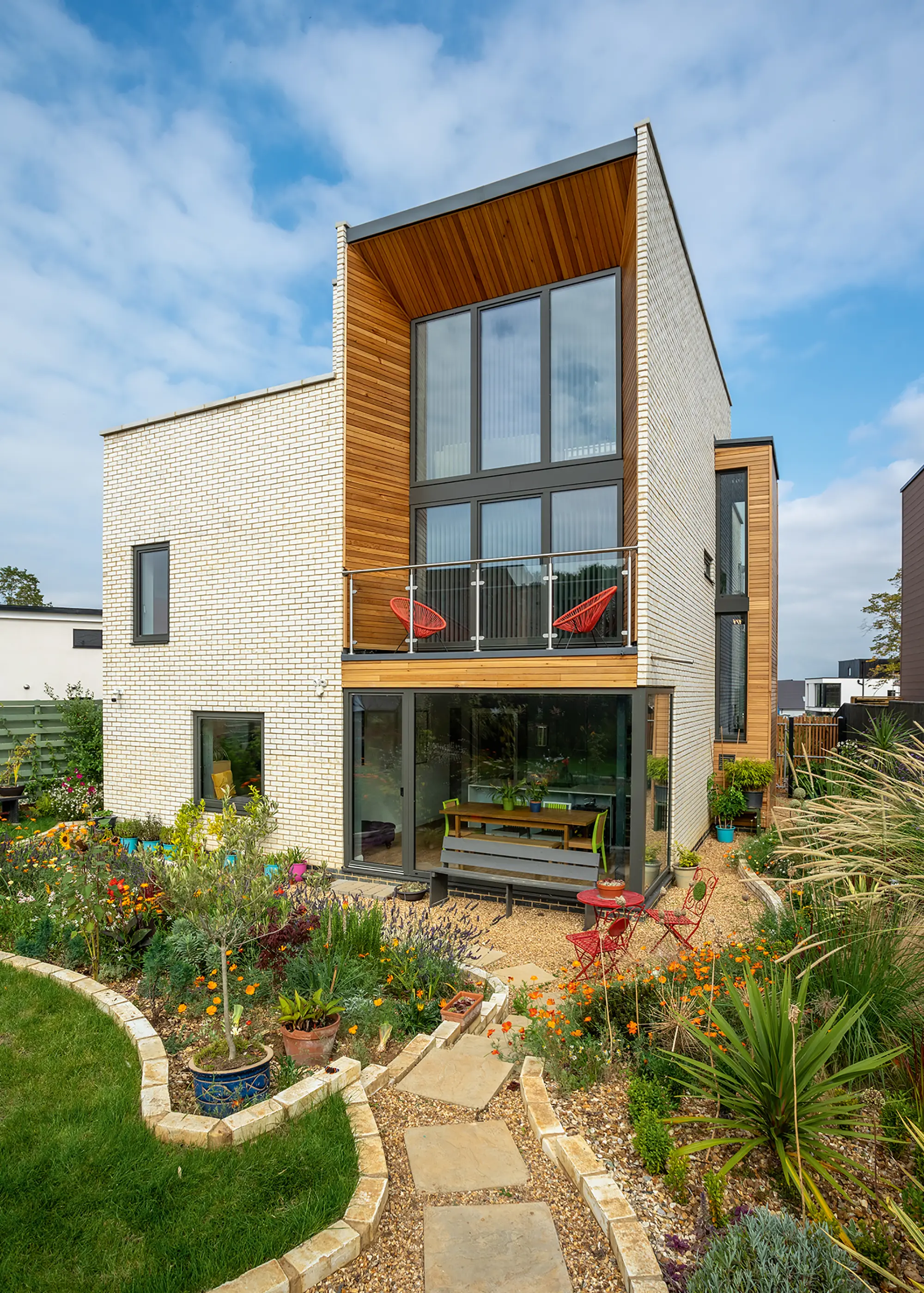
Darren and Christine Adams’ self build in Graven Hill – the UK’s largest self and custom build site – was designed in collaboration with Allan Joyce Architects. The result is a three-storey scheme complete with roof terrace – built in brick and block, which proved to be the most cost-effective route
Councils are required to deliver sites to meet the demand for custom and self build in their local area. So, if they are not achieving this, they are opening themselves up to more planning applications and appeals.
This is something they are looking to avoid, but which is difficult to challenge when there isn’t policy in place or other initiatives to deliver sites for custom and self build development in locations that the council might prefer. This is therefore a reason for councils to take a more positive approach to custom and self build and deliver sites in suitable areas that meet the level of demand.
Learn More: What is Custom Build? Benefits of Custom Build Home Plots
TOP TIPS for finding a plot through the Right to Build Register
|
What is the Right to Build Task Force?
The Right to Build Task Force was set up in 2017 to assist local authorities in meeting their obligations under the Right to Build legislation. The Task Force is made up of experts in custom and self build in a range of specialisms, such as planning, urban design and architecture, affordable housing and community build.
They also produce guidance and advice in terms of understanding the legislation and ways of pursuing best practice in relation to this type of development. The introduction of the Task Force is helping local authorities and other groups to identify ways to improve the delivery of plots.
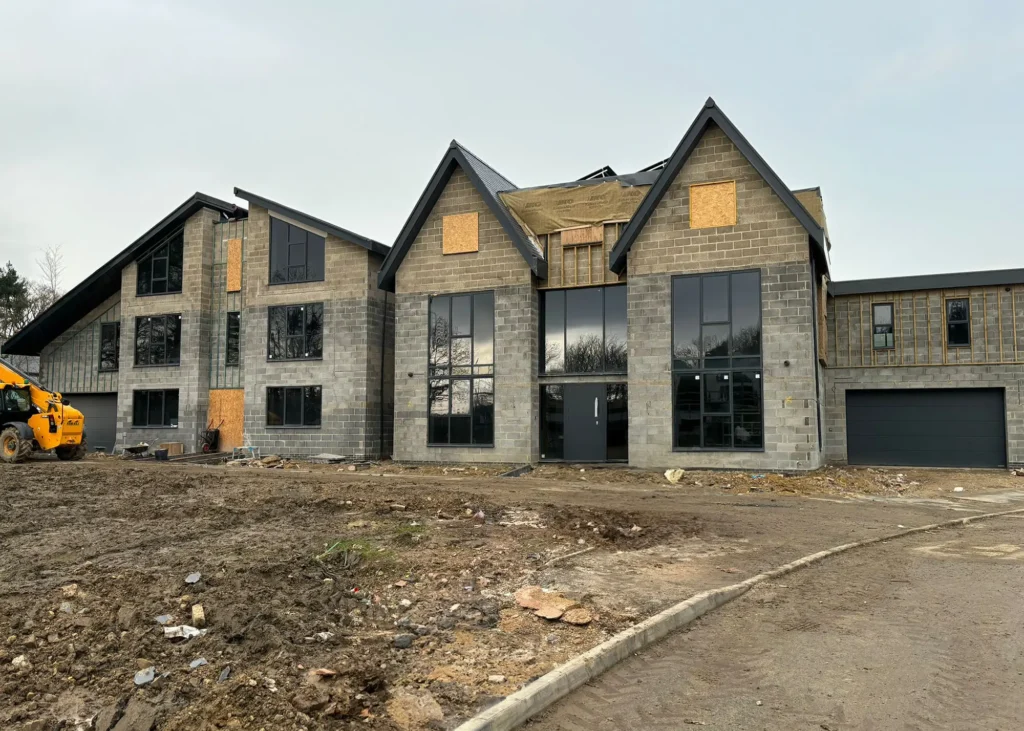
Durham County Council prepared nine, spacious and fully serviced plots for this ongoing custom build development in partnership with Custom Build Homes
There is known to be a significant demand across the UK for bespoke homes, whether that be custom or self build. Whilst over 50,000 people are on the registers held by local authorities, this is believed to be only a proportion of the people who would really like to build their own home.
Awareness of these registers has grown, but still needs to be expanded further to make sure that people realise the opportunity they present. However, the efficiency of local authorities to actually meet the demand on these registers to allocate sites to people also needs to increase in order to make them truly fit for purpose.
The Right to Build process still has some way to go in ensuring councils have an effective grasp on the level of demand there is for custom and self build homes, as well as then identifying and delivering sites which meet that demand. Despite these challenges, there is certainly progress being made. As individuals and groups wishing to build homes, it is important to engage with local authorities and local stakeholders in voicing this desire and being clear on your aspirations and intentions.
However, it may also be important to have an open mind and think about not only where you really want to build, but the type of site that might meet your needs, even if it isn’t what you had originally envisioned for your project. Some degree of compromise may be required on both sides for the process to deliver what is needed, but this is certainly an opportunity to bring forward more homes which meet people’s individual wants and needs in a challenging housing market.
Read More: Serviced Plots: What Are the Benefits for Self Builders?



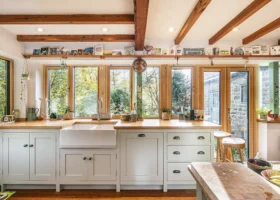















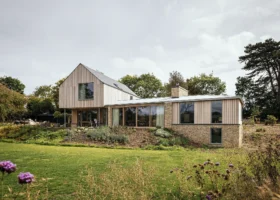

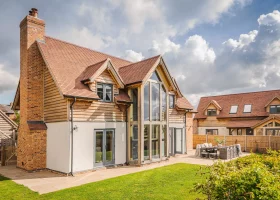


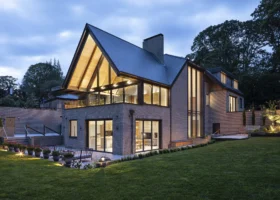













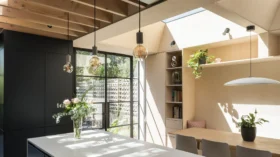


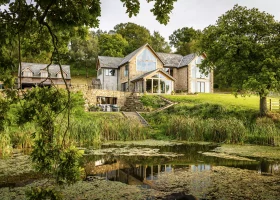
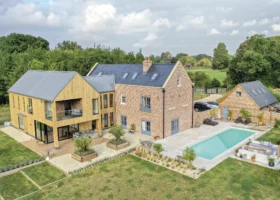

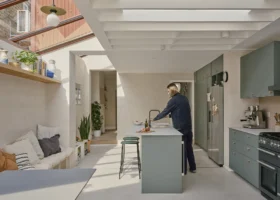
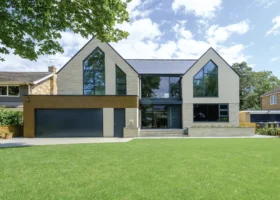






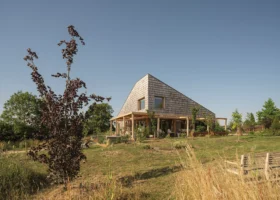





























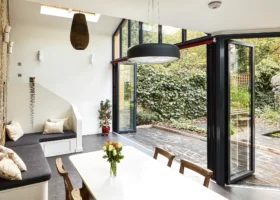














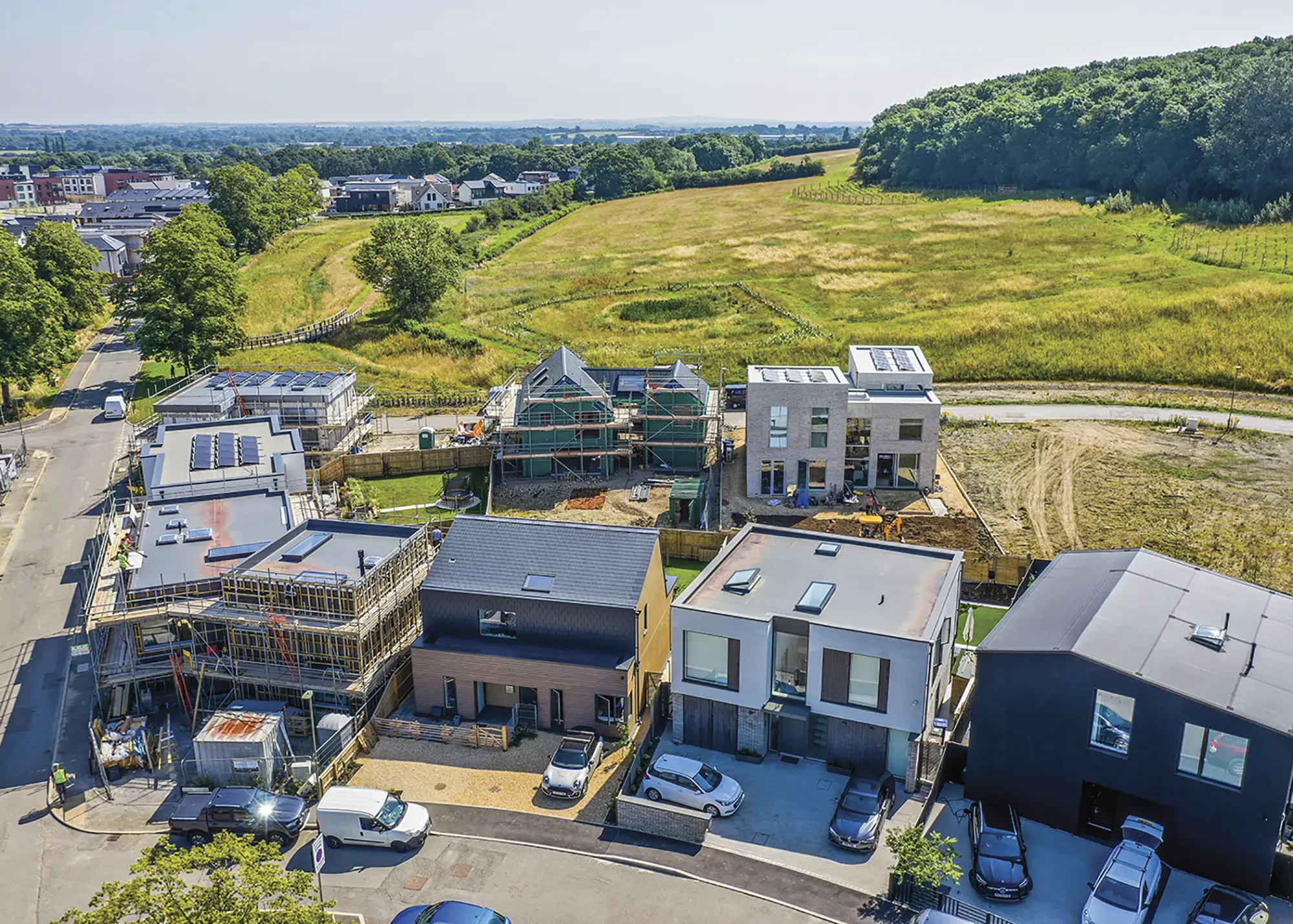
 Login/register to save Article for later
Login/register to save Article for later




